Grid & Cloud Solutions
3DGC as one of NICE major partners delivers industry leading software products aimed at company-wide management and optimization of computing and visualization resources.
Our qualified personnel can provide consulting services related to technical computing portals, grid and HPC technologies, cloud computing, remote visualization, application grid-enablement, data exchange and collaboration, Software as a Service, and grid intelligence.
GPU Virtualization
3DGC Flexible GPU virtualization of configuration
Facilitates flexible GPU configuration for Various 3D users cost-effective implementation of a 3D visualization strategy
| Soft-GPU | GPU Passthrough | GPU Sharing | GPU virtualizated | Stand alone | Cost | |
| Scenarios A | V | V | V | V | V | $ |
| Scenarios B | V | V | V | $ | ||
| Scenarios C | V | V | V | $ |
What is Virtualization?
Virtualization is the process of abstracting a resource and defining an interface to access that resource. IT or computing technology is commonly architected into layers. By rigorously defining the interfaces between layers, it becomes much easier to upgrade a layer or even change out its fundamental technology without interrupting the overall solution. The TCP/IP networking protocol used by the Internet is a good example. At the lower levels the wiring has changed dramatically from thick wire to thin wire to 10BaseT to 100BaseT to 1000BaseT, and from copper wires to fiber optic cables. Any computer connected to the Internet is basically unaware of those lower-level changes, but can take advantage of the speed increases provided by new wiring-related materials.
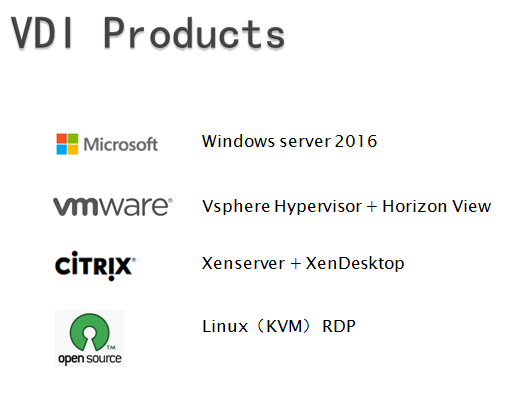
Virtualization Partners
NVIDIA partners with leaders in the virtualization space to deliver the best virtual user experience. Learn more about our partners.
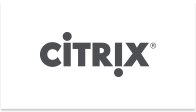 |
 |
 |
 |
GPU Virtualization
GPUs are processors optimized for graphics calculations and are now a standard processor in every smartphone, tablet and PC. Their parallel architecture enables them to calculate visual information much faster than a general purpose CPU. Up to now the options for putting GPUs into servers were limited, but with NVIDIA GRID GPUs widely being supported by server manufacturers IT professionals can find everything from rack mount servers to blades with a range of GPU options. This means users can experience the same level of graphics performance via a remote desktop or application as they have at their desk Historically, remote 3D graphics software required a dedicated GPU per remote session, however, a new approach now available will support an arbitrary number of users on a single GPU when needs are lighter than those of a full GPU. This new approach will enable maximum performance and optimal utilization.
Basic forms of GPU virtualization
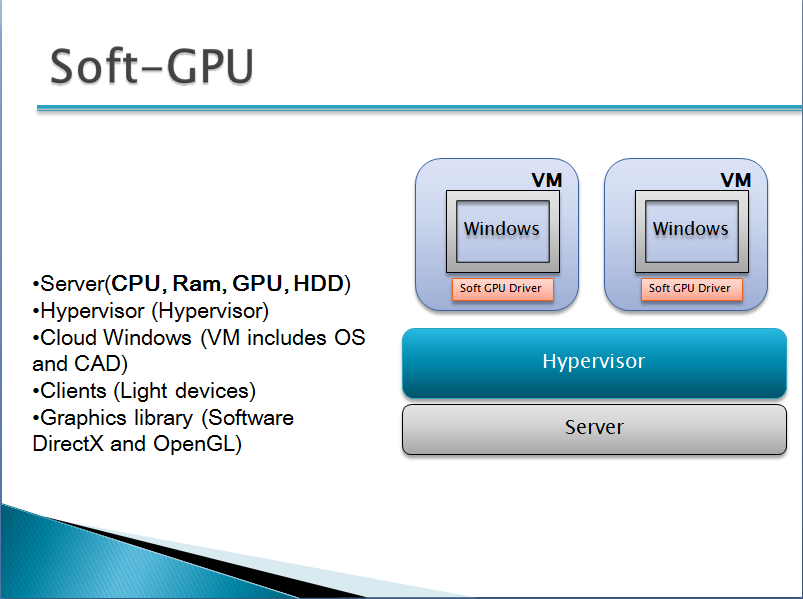
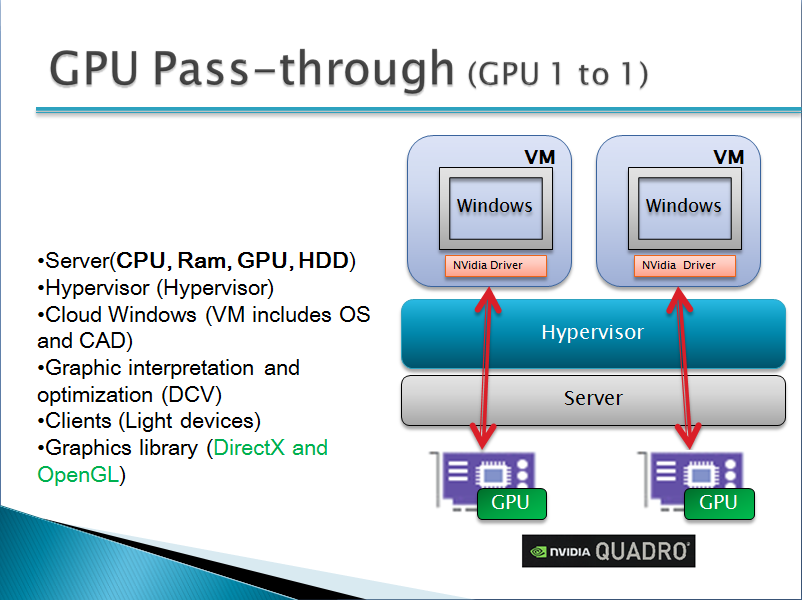

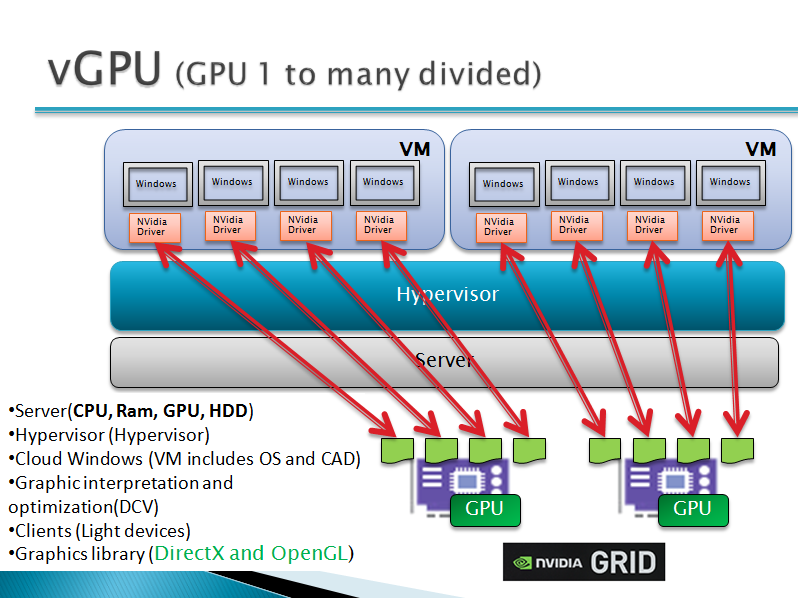
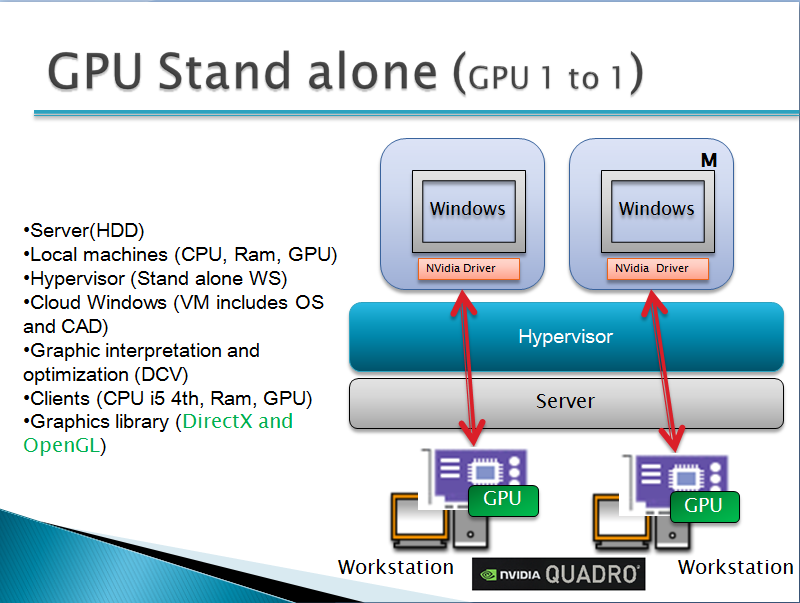
Data Security and Management
-3D Data exchange and collaboration, Security Management, License Management, Data management (PDM)
Secure Collaborative Design
Collaboration is key to the modern product development organization. Activities requiring access to 3D data can be spread around the globe, which raises security and performance issues.
Designing a complete, robust, and secure environment for data requires addressing both physical and electronic issues. Modern PLM solutions have sophisticated security schemes that allow granular control over what information users can access. Users log in to the corporate network, and have access to specific data and applications that control the information they may find, view, and modify. Access to the network is implied, and while it is normal for employees, typically only trusted partners are given this level of access. A significant risk with this level of access is physical data access.
Both browserbased and client-server applications used to view or modify the data may download data to the local computer either in a temporary location or by executing a local save. This local copy of data can now be emailed or copied to a flash drive or otherwise be taken outside of corporate security.
For partners with less trust, such as a new or commodity-component supplier, companies often set up an external collaborative environment. This type of environment is usually disconnected from the main data repository, and resides outside the corporate firewall or in a separate security zone. Each supplier will only receive the data necessary for their job, possibly with data simplified and out of context from the whole product. The supplier will typically create a local copy of the data, which is again outside of corporate security and can be copied to a flash drive or e-mailed. This is important because, as shown in Table 2, many of our respondent companies are involved in outsourcing.
Remote 3D graphics technology is compatible with direct data access or with external collaborative environments and improves data security. In this use case, a server executes the 3D CAD application and only sends the display information to the remote computer. The actual data never leaves the security environment of the data center, providing an additional layer of security.
In addition to security, remote 3D graphics virtualization can also provide improved data integrity and performance. Data integrity is improved because the data stays within its environment (either the main repository or the collaborative workspace), and the authoring application configuration is controlled. Performance is improved because there is no longer a wait time to download large datasets that in extreme cases can take hours. This can significantly improve productivity and reduce cycle time on projects. Also, the impact of network latency is reduced on client server applications, such as when a local copy of an application accesses data from a remote server. This approach could prove to be valuable , as fewer than half of them synchronize data across multiple locations, and nearly 60% do not synchronize data with suppliers at all.
While a lot of collaboration is happening with 3D data, including outsourced design and manufacturing, asynchronous collaboration appears to be the most common method. A big question is whether the right data is being used due to the low rate of synchronization. Network performance and security are the biggest impediments to synchronous collaboration. Proper planning is necessary to ensure that network performance and security do not become issues.
And finally, the same security issues that exist with collaboration also exist with mobile technology. Remote 3D graphics can eliminate the risks associated with lost or stolen mobile technology.